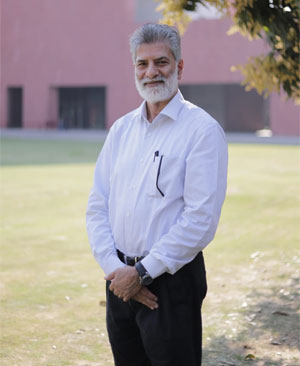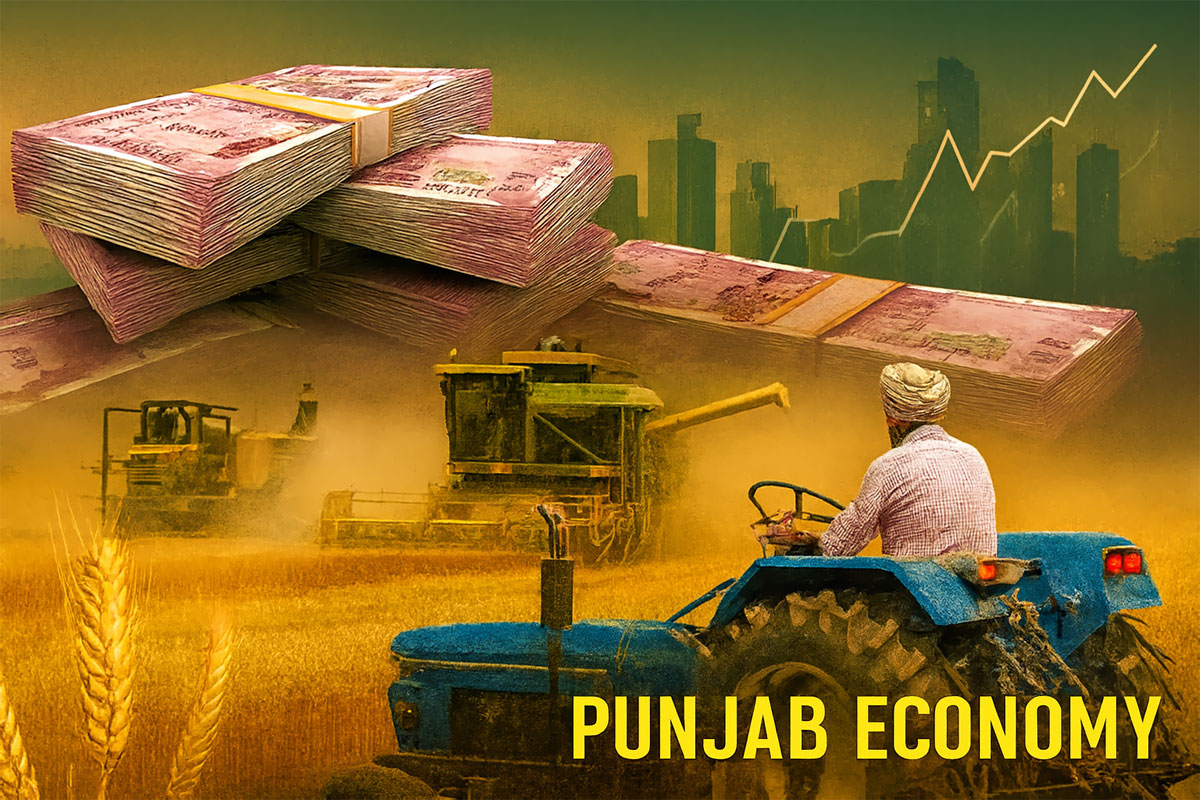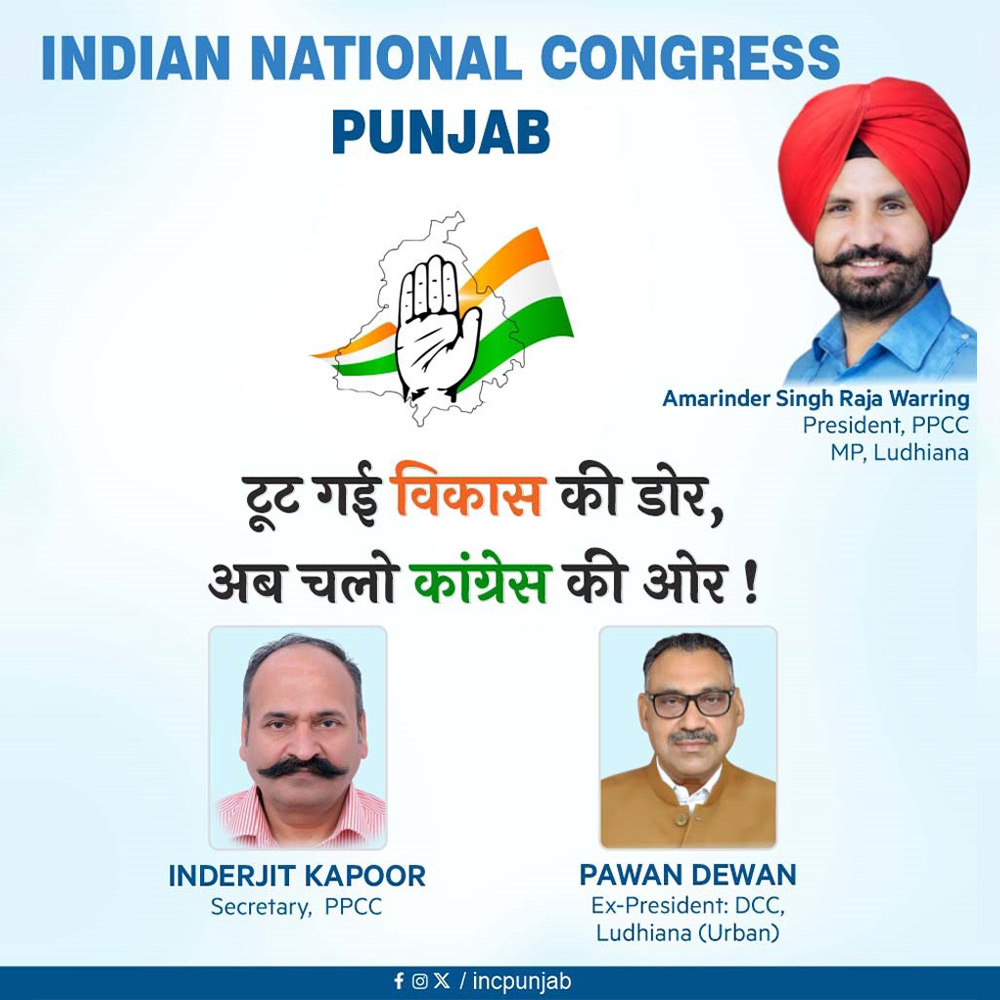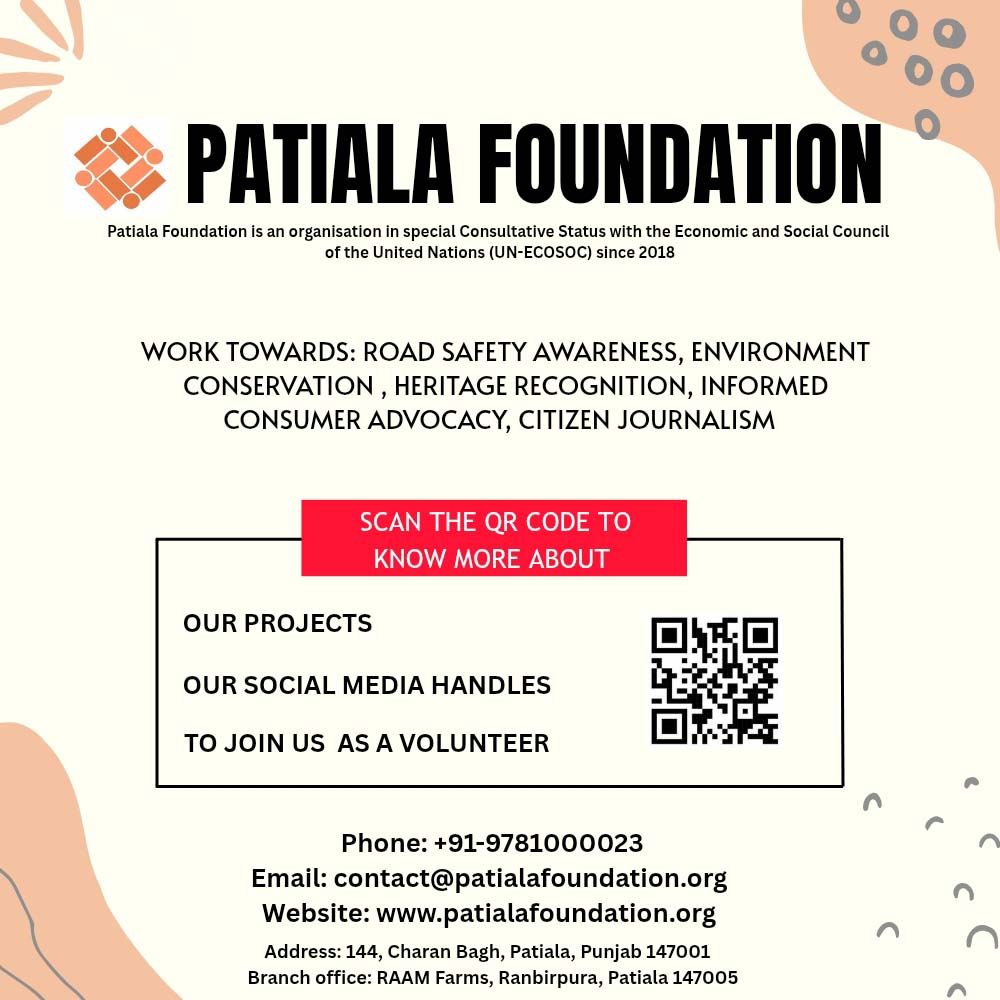 Punjab, a state of five rivers, was reduced to two and a half rivers in 1947. The partition of Punjab divided it in East and West triggered worst kinds of riots, massacred around two million people and put human life and economic activities in chaos. During the period 1947 to 1966, there were state-led efforts to rehabilitate both human and economic activities. The state government played a crucial role in leading the entrepreneurial spirit of Punjabis while establishing essential infrastructure such as irrigation network, marketing system, industrial townships, financial institutions, educational and medical system and road networks and the governance institutional arrangements. When Punjab returned to normalcy and started flourishing in economic activities, the issue of discrimination raised by the Sikh political leadership of Punjab especially reorganization of Indian states based on language. The movement of Punjabi Suba culminated into reorganization of East Punjab carving out from it two states Haryana and Himachal Pradesh. Since then, the current Punjab is Sikh dominated but reduced to a small state of India in terms of both population (2.3%) and geographical area (1.53%).
Punjab, a state of five rivers, was reduced to two and a half rivers in 1947. The partition of Punjab divided it in East and West triggered worst kinds of riots, massacred around two million people and put human life and economic activities in chaos. During the period 1947 to 1966, there were state-led efforts to rehabilitate both human and economic activities. The state government played a crucial role in leading the entrepreneurial spirit of Punjabis while establishing essential infrastructure such as irrigation network, marketing system, industrial townships, financial institutions, educational and medical system and road networks and the governance institutional arrangements. When Punjab returned to normalcy and started flourishing in economic activities, the issue of discrimination raised by the Sikh political leadership of Punjab especially reorganization of Indian states based on language. The movement of Punjabi Suba culminated into reorganization of East Punjab carving out from it two states Haryana and Himachal Pradesh. Since then, the current Punjab is Sikh dominated but reduced to a small state of India in terms of both population (2.3%) and geographical area (1.53%).
The reorganization of the Punjab state coincided with the rising agriculture sector’s production and productivity popularly called ‘green revolution’. At that time India was facing acute shortage of food and was dependent on food imports with restrictions imposed by PL-480 food aid by United States of America. Indian government enacted the minimum support price policy along with institutional set up for procuring the food grains and a distribution system boosted further agriculture production in Punjab. Moreover, it was supplemented by systematic application of mechanical innovations and high yielding seed varieties. The high-yielding seeds of wheat and rice tilted the diversified agriculture to monoculture. The mass production of wheat and rice increased employment opportunities and increased income across the board. Consequently, Punjab state witnessed dramatic reduction of poverty in a short span of time.
The shortage of labor triggered migration from neighboring states and paved the way for an increasing use of biological innovations such as insecticides, weedicides and pesticides. The combined impact of mechanical and biological innovations reduced the role of labor employment in agriculture operations and increased the cost of agriculture. The market penetration in agriculture has adversely affected the terms of trade. As agriculture started observing the decreasing returns to scale and surplus labour, the constraints of prosperity based on agriculture (wheat-rice monoculture) triggered economic crisis. Empowered peasantry by the green revolution economic gains has started social movements that considered by the political leadership a challenge to deal with it and to counter it encouraged religious and discriminatory issues-based agitations. The manipulation of political leadership and competition between national and state political leadership to dominate religious issues witnessed turmoil in the early nineteen eighties.
Punjab was engulfed in turmoil nearly a decade and a half ruined well functional development institutional arrangements. During this period the revenue surplus state was turned revenue deficit. The state government started borrowing to even to fulfill the basic responsibilities and cut in social and economic services expenditures further ruined the well functional health and education system. In this way Gross Fixed Capital Formation (capacity to produce output) declined and now reached to lowest ebb (15% of GSDP). Consequence of the turmoil was that private corporate investment pulled investment from Punjab, and this has also encouraged human capital to move out of the state. The mass exodus of human capital to greener pastures for a peaceful and economical gains income opportunities triggered out of hopelessness put Punjab economy in deceleration of economic growth. This process has transformed Punjab economy from a most dynamic and leading in per capita income among Indian states to a laggard one.
Punjab is persisting in a slow growth syndrome. The long stagnation period has developed binding constraints that are interlinked and are posing a formidable challenge. First and foremost is the predominance of agriculture sector with high productivity and low value addition. The services and manufacturing sectors are suffering from small size, and both low productivity and wages. Second important constraint has been imposed by the dysfunctional fiscal policy that has generated high debt. Low investment and deteriorating capital formation in the state put a long-term constraint on the development prospects of the state. This is supported by the unproductive subsidies across the board stunted the production structure and making Punjab economy a laggard in development dynamics. Third factor that restricts economic development of Punjab is decaying institutions, inefficient governance system and lack of innovation system. It is a land locked state and halting of a cross border trade is adversely affecting development and crowding out investment from Punjab. On top of it, there is an environmental challenge that has resulted from the overuse of natural resources.
To break the vicious cycle of factors constraining Punjab’s economic development, the people of Punjab need to undertake risk to reset the economic system. This needs financial resources. It is considered that given the current situation of high debt and high cost of debt servicing, Punjab government alone may not be able to bear the risk. Therefore, a combined effort of diaspora, the union government, philanthropy, the people of Punjab and of course the lead role of the state government are required to break the binding constraints to pave the way for faster and inclusive economic growth. However, the state government is expected to play a lead role to involve all stakeholders in this journey of resetting the dynamics of economic development of the Punjab economy. First step should be to put the state’s own house in order, that is, to amend public policy to break the binding constraints. This will help to win the confidence of the other stakeholders to ensure their participation. If there is will there is a way.
Dr. Lakhwinder Singh is Professor of Economics, Thapar School of Liberal Arts and Sciences, Patiala and Visiting Professor, Institute of Human Development (IHD), New Delhi. Views expressed are personal.























